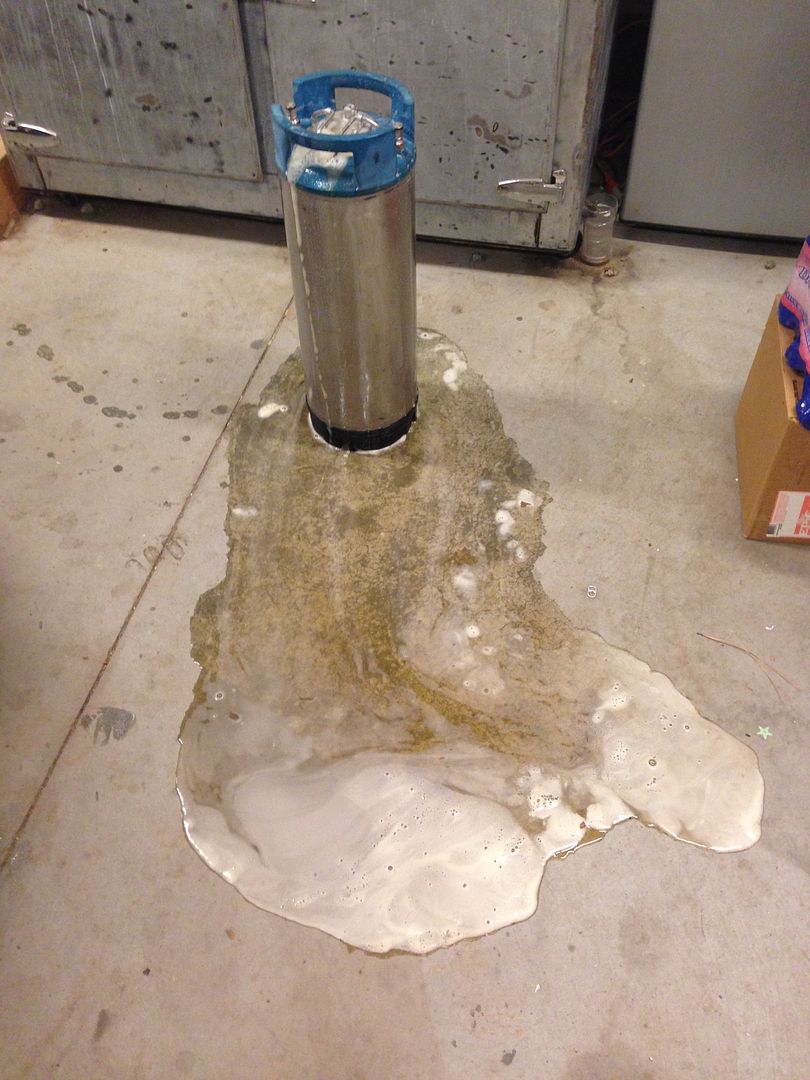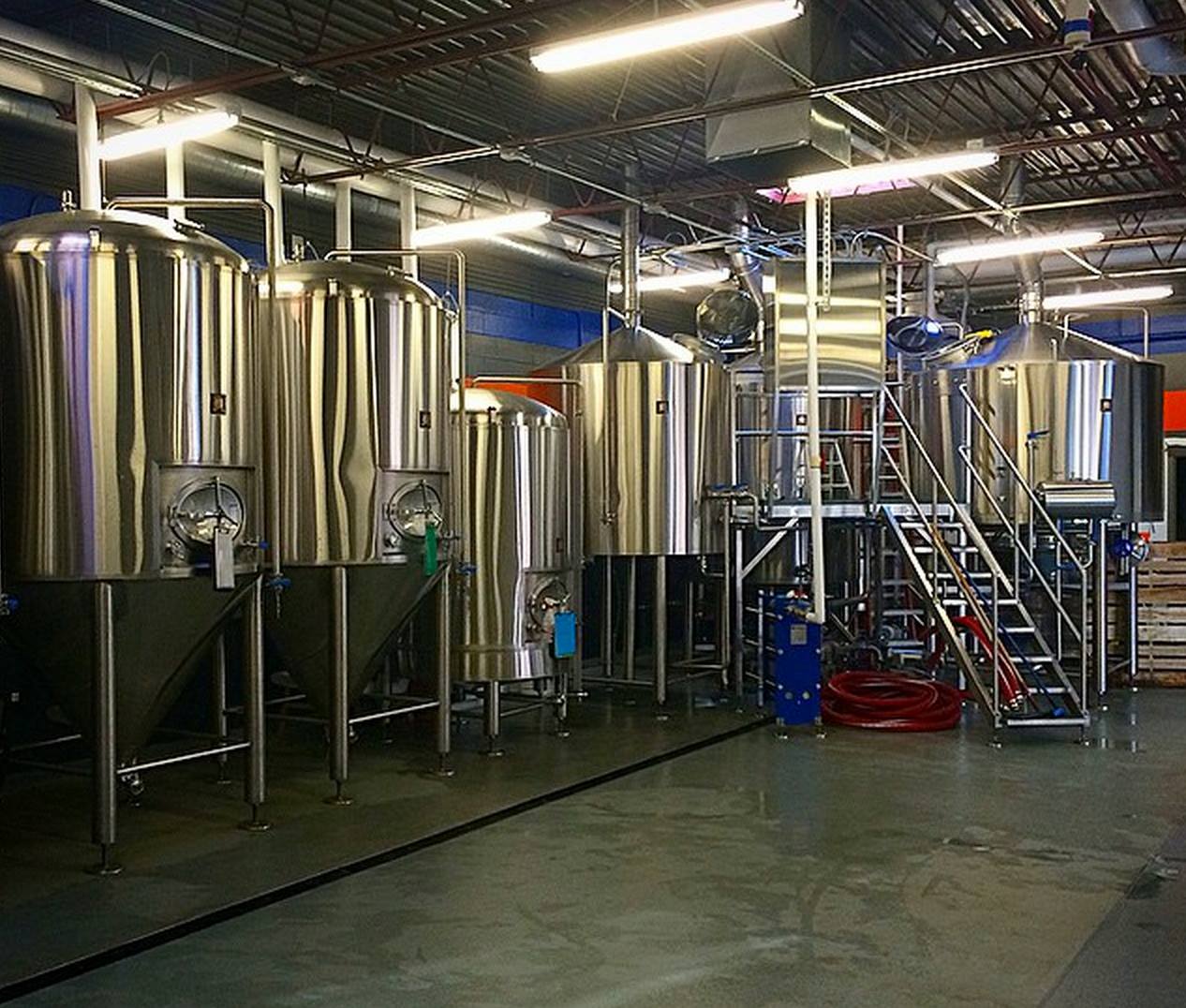Mountainsax
Well-Known Member
I wanted to put this out there for my fellow new homebrewers so that hopefully you will learn from my mistakes and not make this mess!!

Here's the story, this is a Chinook IPA kit from Northern that we had some issues with (see details here). The keg was carbonated, then removed from the kegerator to come up to room temp. I went to add dry hops, added a couple sanitized steel balls to the hop bag, added the hops, tied everything closed with fishing line and put the bag in. The bag started filling with foam and then the foam just started gushing out of the keg!
Things I was NOT thinking about:
1) CO2 dissolves less in warm beer than cold.
2) Hops and a hop bag create a lot of nucleation sites (small imperfections that are places where bubbles will form)
Lessons Learned:
1) Don't dry hop a carbonated keg!
2) If you must dry hop a carbonated keg follow these steps
- make sure the beer is as cold as possible
- get everything ready
- squeeze all air out of the hop bag
- tie hop bag closed with fishing line and then tie fishing line to the inside of the keg lid (maybe to the underside of the PRV)
- QUICKLY put in the bag and seal the lid making sure nothing is interfering with the seal (did I mention doing this quickly?!)

Here's the story, this is a Chinook IPA kit from Northern that we had some issues with (see details here). The keg was carbonated, then removed from the kegerator to come up to room temp. I went to add dry hops, added a couple sanitized steel balls to the hop bag, added the hops, tied everything closed with fishing line and put the bag in. The bag started filling with foam and then the foam just started gushing out of the keg!
Things I was NOT thinking about:
1) CO2 dissolves less in warm beer than cold.
2) Hops and a hop bag create a lot of nucleation sites (small imperfections that are places where bubbles will form)
Lessons Learned:
1) Don't dry hop a carbonated keg!
2) If you must dry hop a carbonated keg follow these steps
- make sure the beer is as cold as possible
- get everything ready
- squeeze all air out of the hop bag
- tie hop bag closed with fishing line and then tie fishing line to the inside of the keg lid (maybe to the underside of the PRV)
- QUICKLY put in the bag and seal the lid making sure nothing is interfering with the seal (did I mention doing this quickly?!)






